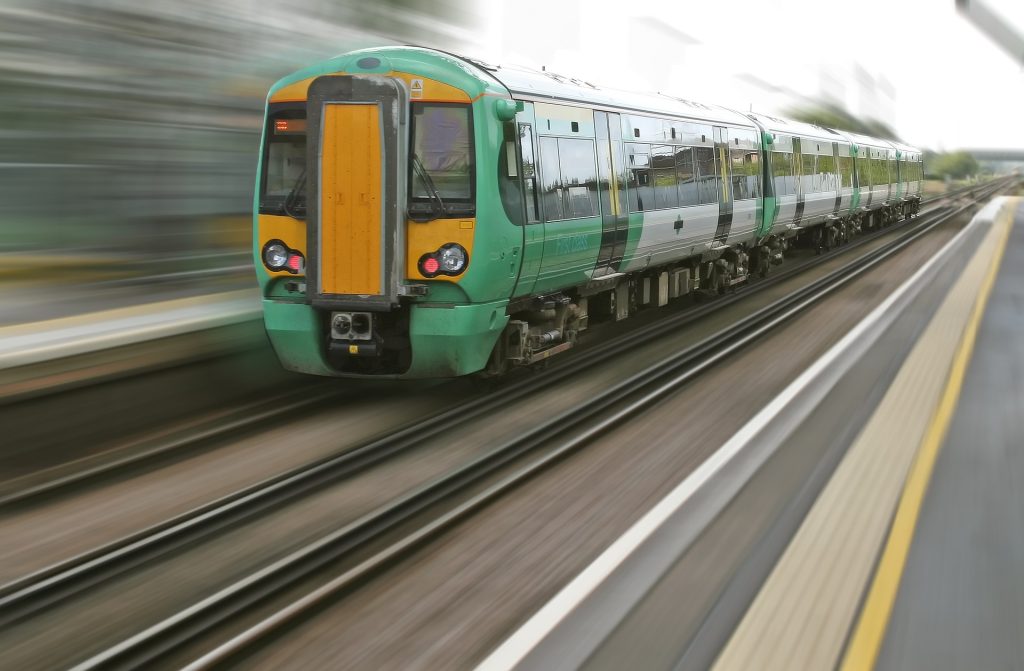As Poslovni Dnevnik/Darko Bicak writes, railways are the main and key mode for the development of the sector of the future in the whole of the bloc, including Croatia, it was said at the panel discussion “Modern railways in a liberalised market” organised by the Ministry of Maritime Affairs, Transport and Infrastructure, Hakom and the Alliance for Railways held on Monday in Zagreb.
Tonko Obuljen, President of Hakom’s council, pointed out that a regulated market in which the exact rules will be known and within which everything will adhere to the precondition for the good functioning of the railway system is key. State Secretary at the Ministry of Maritime Affairs, Transport and Infrastructure, Alen Gospocic announced that after the stabilisation of the situation in the road sector, the ministry is now moving towards the restructuring and modernisation of the Croatian railway system.
“Over the next decade, we want to have a developed railway system that provides quality services to society and is fully integrated with other branches of transport. There’s also the establishment of a single European railway area which will lead to the consolidation of rail transport through long-term investment in infrastructure. First of all, I’m referring to two corridors which will run through Croatia, one of which leads from Slovenia to Serbia and the other from Hungary to the Port of Rijeka,” said Gospocic.
EU funding for the Croatian railway system…
He added that he expects that most of these investments will be realised through the European Recovery Plan, from which more than 4.5 billion euros could be withdrawn for precisely that. According to him, what has already started is the restructuring of HZ Infrastructure so that they can be more functional, and also so that they can apply for EU tenders.
The pandemic is a circumstance that has caused great damage to rail passenger transport across the world, due to lockdowns, the general lack of travel, but also the requirement to limit the number of passengers who can be in one car at any one time. The State Secretary announced that there will be reorganisations of HZ Passenger Transport, which will receive about 80 new trains in the next 3 to 4 years, mostly from the local Koncar plant.
The European Commission has declared 2021 the European Year of Railways, as part of European Union efforts under the European Green Plan, a plan drawn up by the EU with the aim of creating a sustainable economy and achieving climate neutrality by the year 2050. One of the key elements of this plan is to launch cleaner and healthier modes of transport, as the transport sector is currently responsible for 25 percent of Europe’s greenhouse gas emissions.
The European Green Plan calls for a 90 percent reduction in emissions in the transport sector by 2050 and the activities within the European Year of Railways are intended to provide momentum to increase the share of rail transport across the bloc’s transport market as a whole.
Through various events, projects and activities held across the bloc, different dimensions of railways stand out, from the world’s leading European railway innovation industry to the role of railways in European culture and heritage, the important role of connecting regions, people and businesses and the role of sustainable tourism, as well as its involvement in Europe’s relations with neighbouring non-EU countries.
A sustainable mode of transport
While the European transport sector is responsible for 25 percent of greenhouse gas emissions, at the same time, railways across the European Union are responsible for less than 0.5 percent of transport-related greenhouse gas emissions. This makes it the most sustainable mode of passenger and freight transport we currently have.
Among other advantages, travelling by rail is extremely safe and connects European people and the economy via the Trans-European Transport Network (TEN-T). Despite these benefits, only about 7 percent of passengers and 11 percent of goods are actually transported by rail. These are all facts that prompted the European Commission to launch a complex project to organise the European Year of Railways.
For more, check out our business section.








